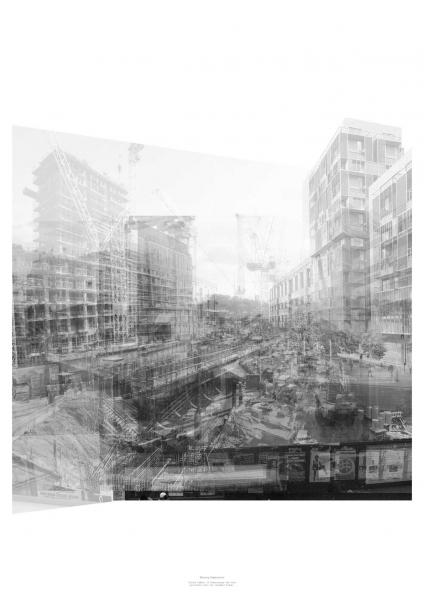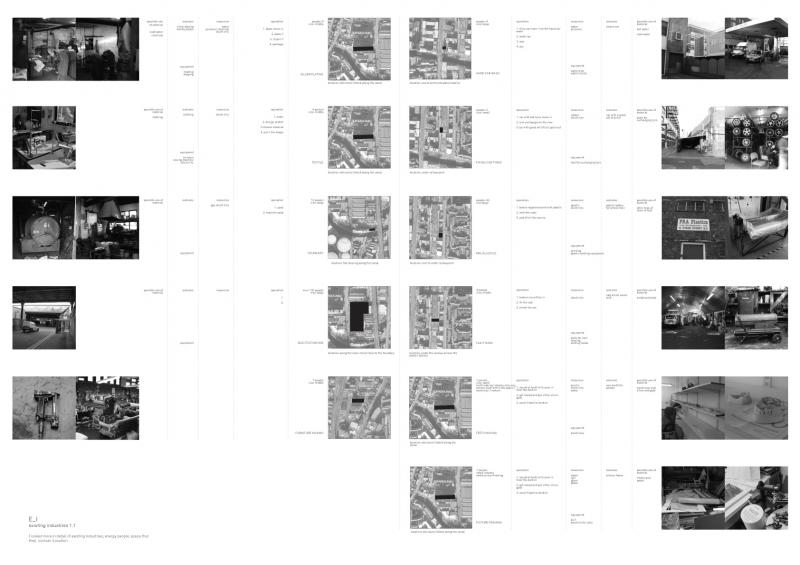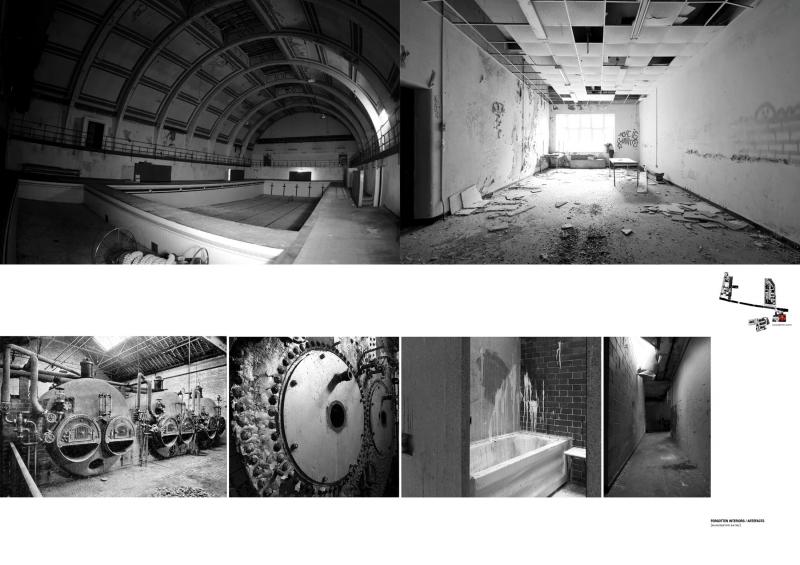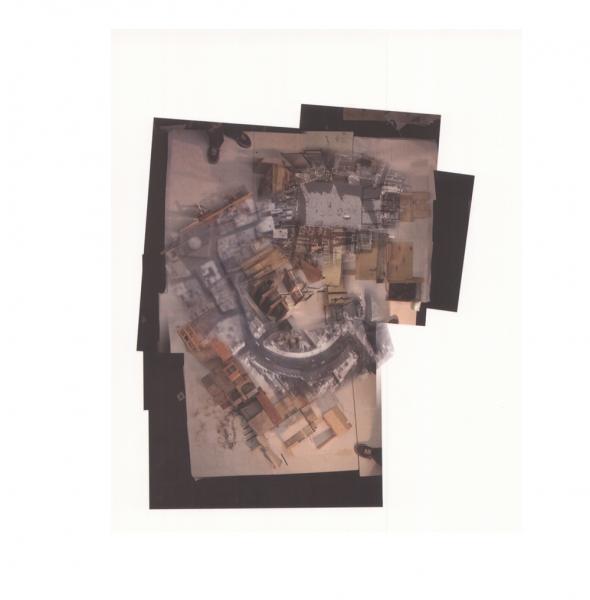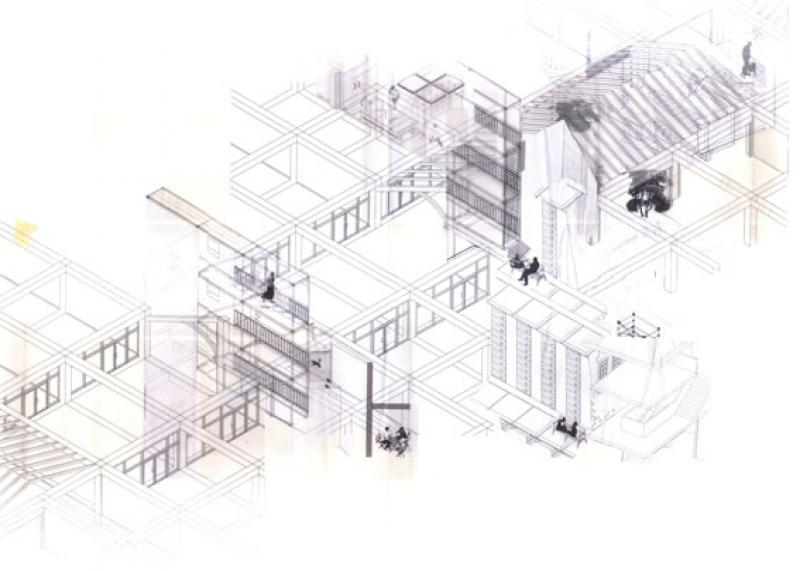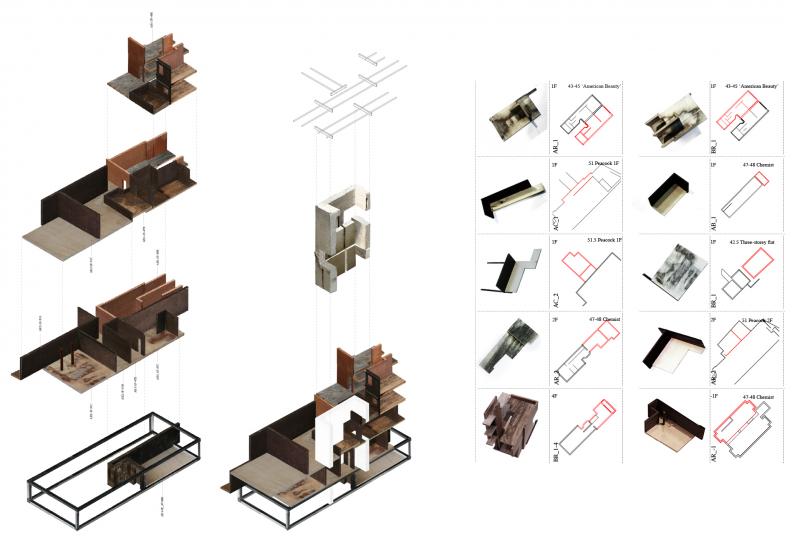City Stripped Bare
Our initial objective was to read the city as a catalogue of incomplete objects excluded from urban gentrification, and to speculate on urban architecture that identifies moments of disjunction within the stages of infrastructural transitions. It is here that the immediate adjacencies of textures, scales, structures and programmes are revealed. Textural details, exposed gaps and edges, subsidiary service networks and incomplete narratives are excluded from masterplans but become the tools with which we retell the story of the city’s interiorities. We looked at the area between Dalston Square, Hackney Central and the canal running along Haggerston, currently trapped between the rapid development of the Olympics and the autonomous property speculation and steady decrease of city industry.
Sampling:
In our first exploration we dove into the city, seeking out micro-moments that despite their fragmented nature still managed to capture a piece of the bigger picture. Fragments were read, reread, de-collaged and re-collaged in our attempt to speculate on scenarios for a city that is seemingly in constant construction and deconstruction, being pushed and pulled by forces of economic and political might.
Our unit work was enhanced by the expertise of Hugo Hinsley and David Grahame Shane, who provided us with an understanding of London’s physical and invisible structures, its scale and multiple hidden devices. Our samplings of the city became matrixes of both interlocking pieces and disparate fragments, all of which contained prospective futures.
Shrinking City:
14 bellies full of bacon and grits. 140 square miles of emptiness. Excursions into the ruins of Detroit’s industrial past uncovered the much more elusive narrative of both despair and optimism that lurks just behind the glossy images of dilapidation. Our visits and conversations revealed alternative forms of urban metabolism that reclaimed and reprogrammed a city overwhelmingly defined by shrinkage and by the creeping presence of absence.
Modelling: Hooke Park
Three weeks were spent making, experimenting and slumping concrete in Dorset. Away from the two-dimensional logic of the computer screen and immersed in the forest of Hooke Park, the unit explored tectonics in order to gain some abstract or unknowable quality of the projects. The crowing of the cockerel jumpstarted our long days in the workshop attempting to re-imagine the city of London we’d left behind in timber, steel, concrete and plaster. These experiments registered new connections and unexpected links between our desires for the city and its physical realities.
